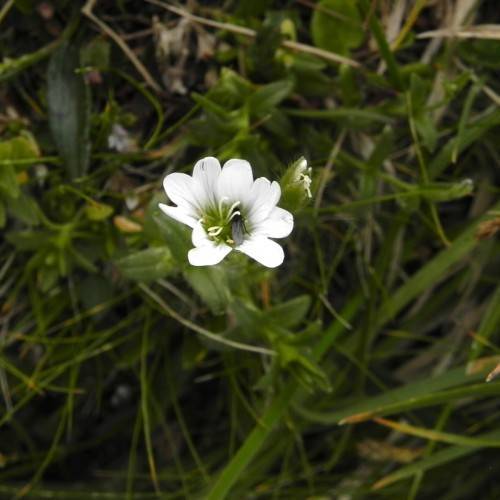
Alpine Chickweed
Cerastium alpinum subsp. alpinum
Watering:
Minimal
Hardiness Zone:
Sun:
full sun,part shade
Leaf:
Yes
Growth Rate:
Low
Salt Tolerant:
Yes
Invasive:
Yes
Care Level:
Medium
watering
Aleutian Chickweed should be watered twice a week, using a generous amount of water so that the soil is evenly moist without becoming soggy. During summer, water in the morning so the plant has time to evaporate any excess water before the sun sets. In winter, water a little less often but keep the soil evenly moist. Avoid saturating the soil, as this can cause root rot. If the soil feels dry to the touch, it is time to water.
sunlight
Aleutian Chickweed (Cerastium aleuticum) is best grown in full sunlight. This plant species prefers full sun exposure for 6 to 8 hours each day. When grown outdoors, it should be placed in an area where it will receive the most direct sun exposure possible throughout the day. It can tolerate some shade, but will not perform its best when placed in a darker environment. The ideal location for Aleutian Chickweed is a spot that is exposed to the sun for several hours in the early morning and late afternoon.
pruning
Aleutian Chickweed should be pruned to control its size, which may be necessary if it's planted in large areas. Pruning should ideally be done in early spring or mid-summer. Start by cutting back new growth at the beginning of the growing season and light pruning to shape the plant throughout the season. In order to keep the plant’s growth in check, it is important to trim off the flower stalks when they fade. The flower stalks should be pruned just above the stem to avoid leaving a stub. Additionally, the stems of the Aleutian Chickweed should be thinned out to promote air circulation and prevent fungal problems. Lastly, regular deadheading of the faded flower stalks will encourage the plant to produce more flowers and aid its overall maintenance.
